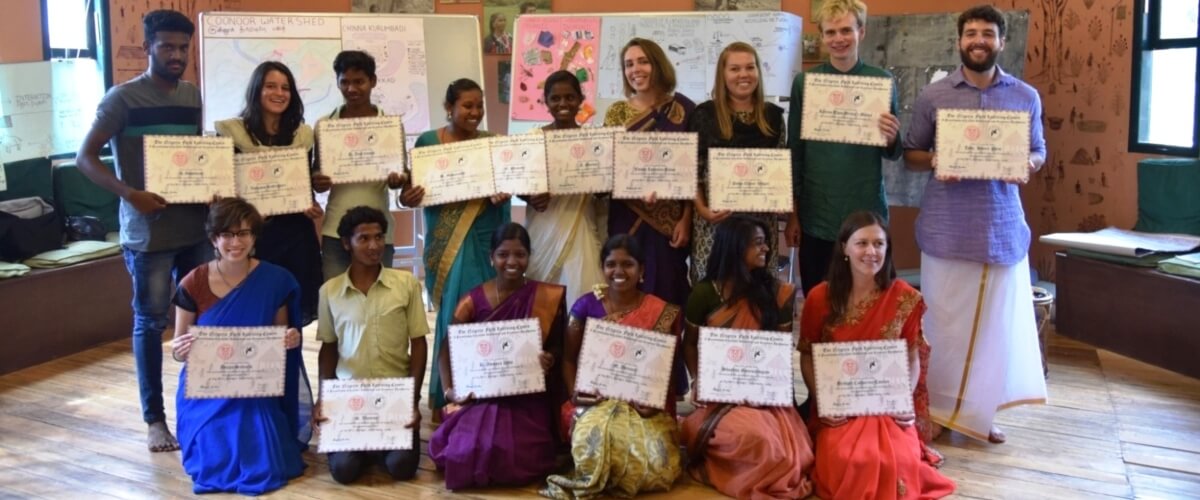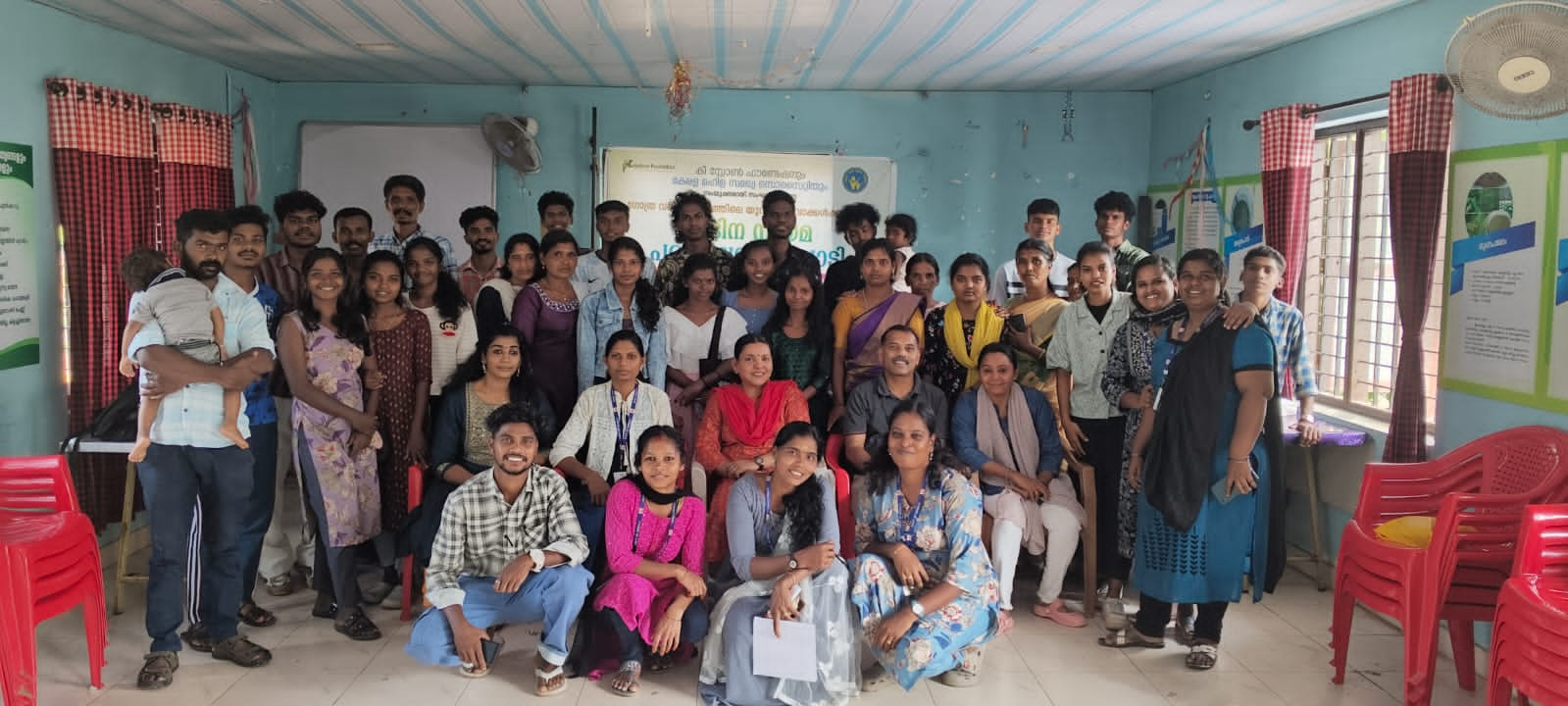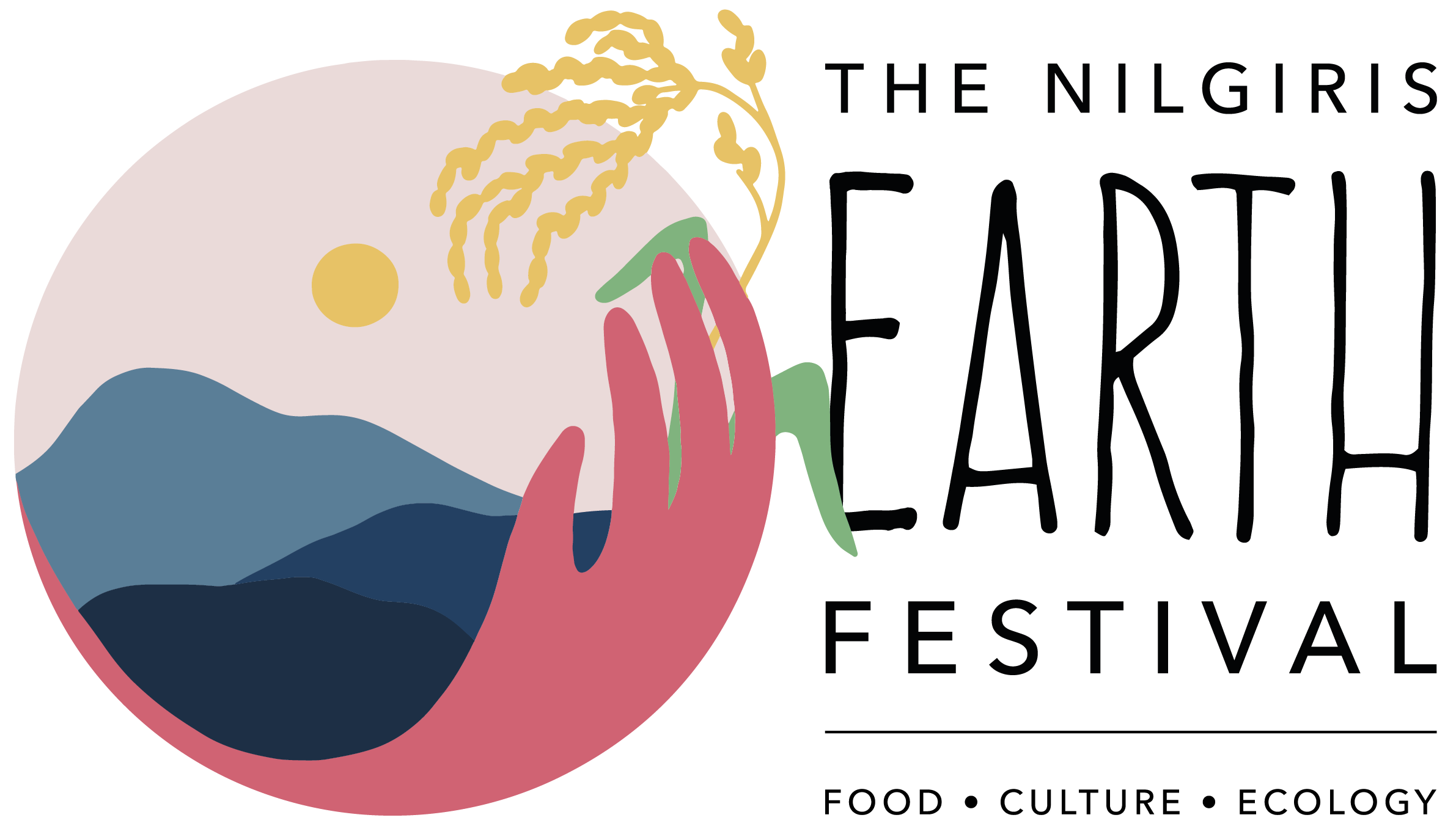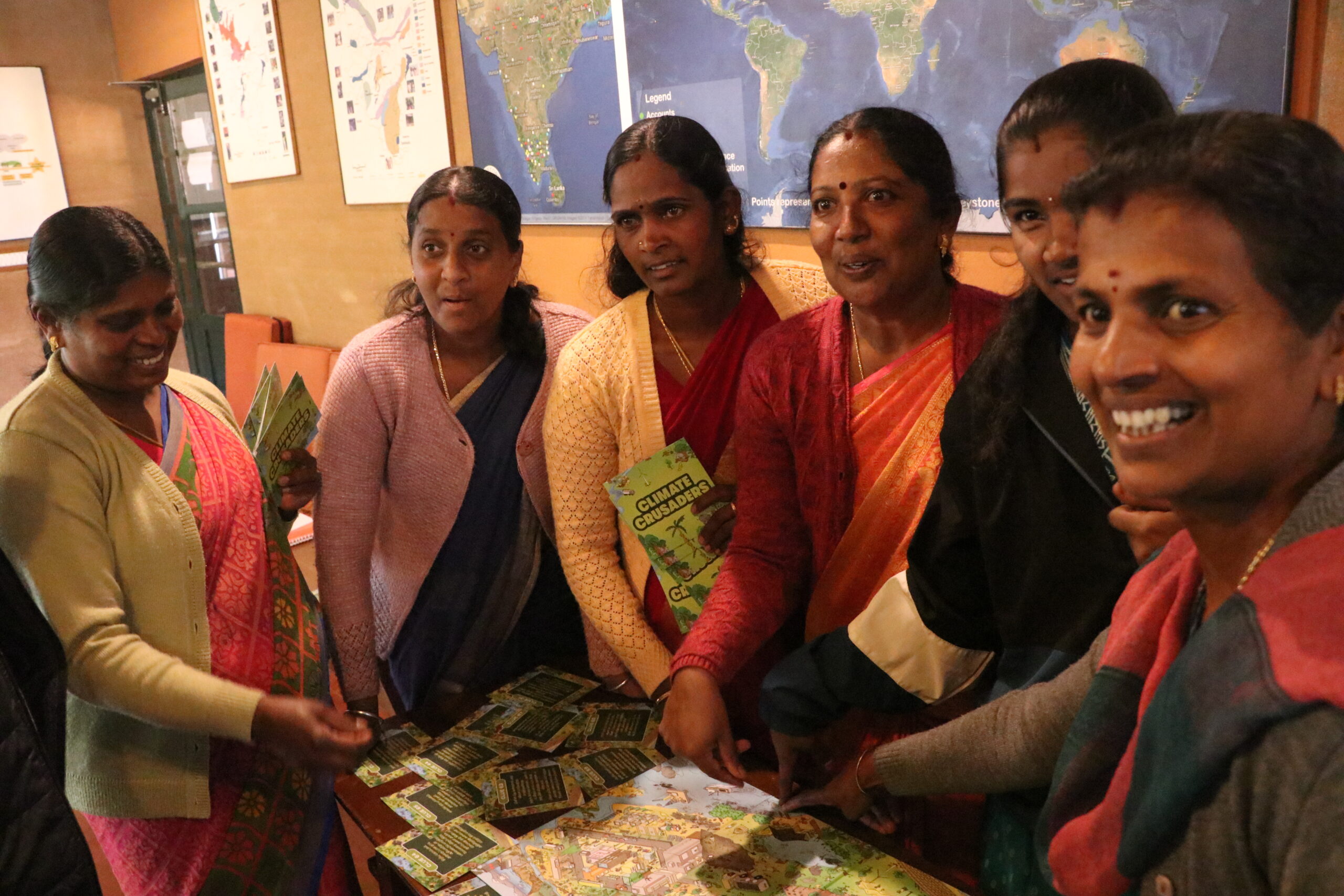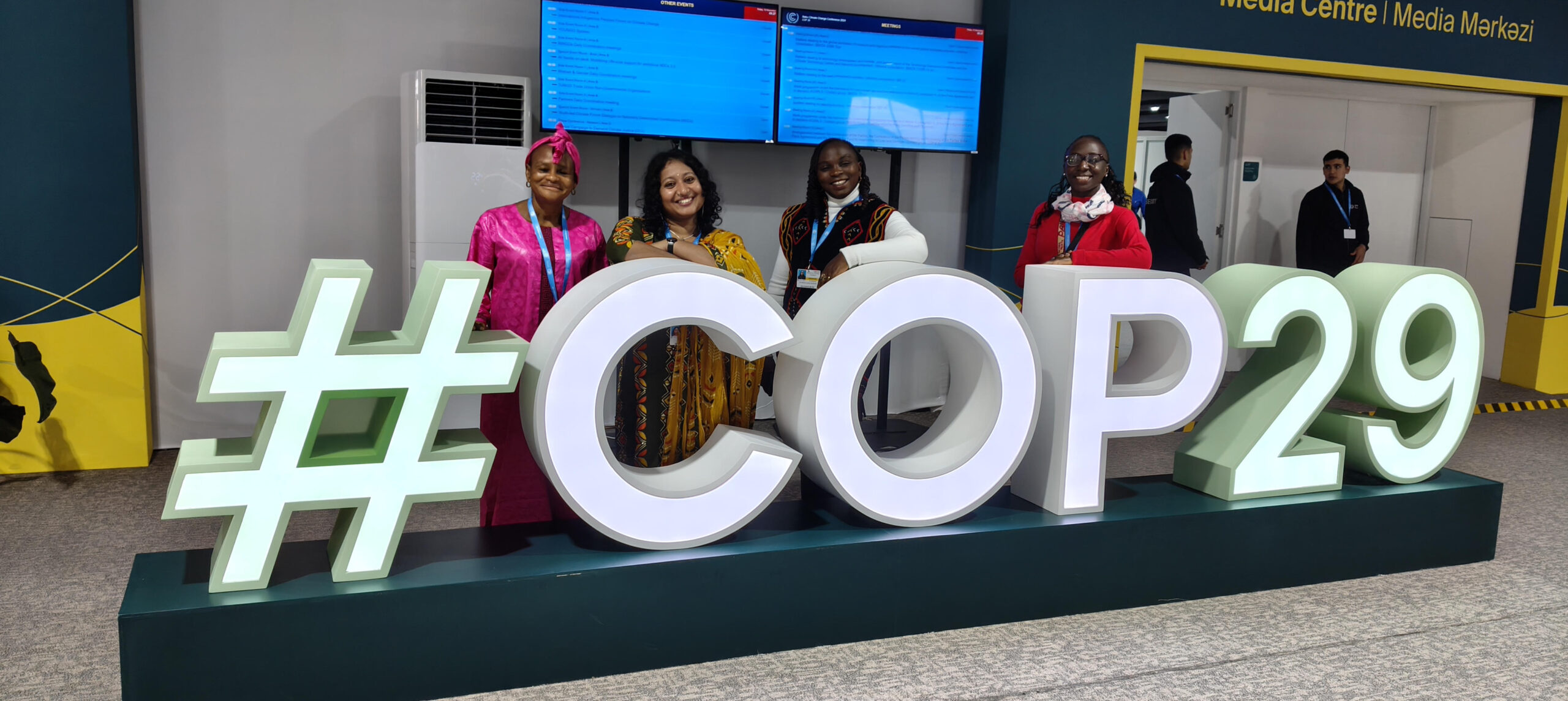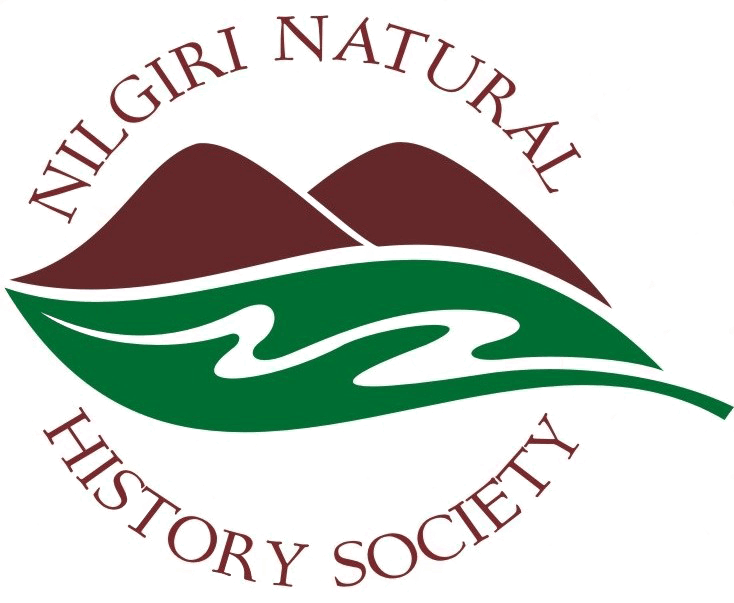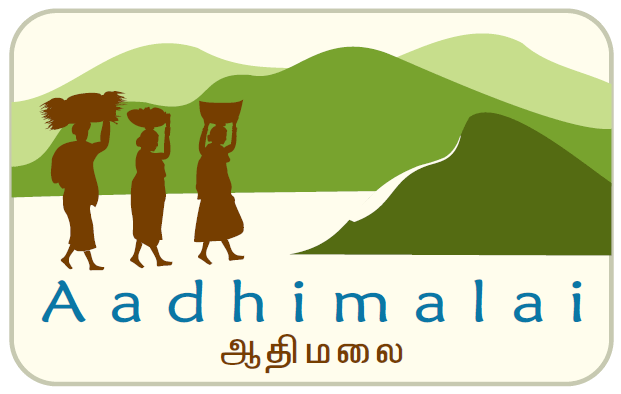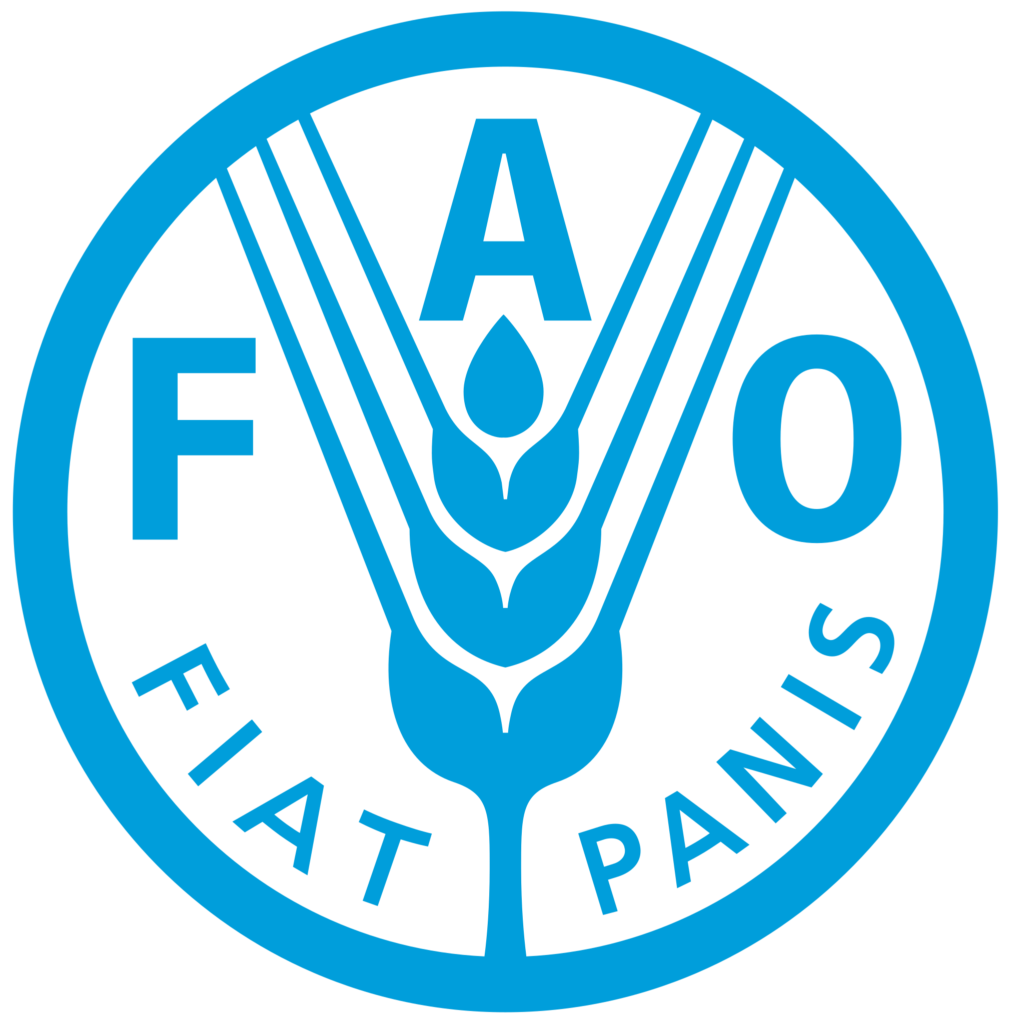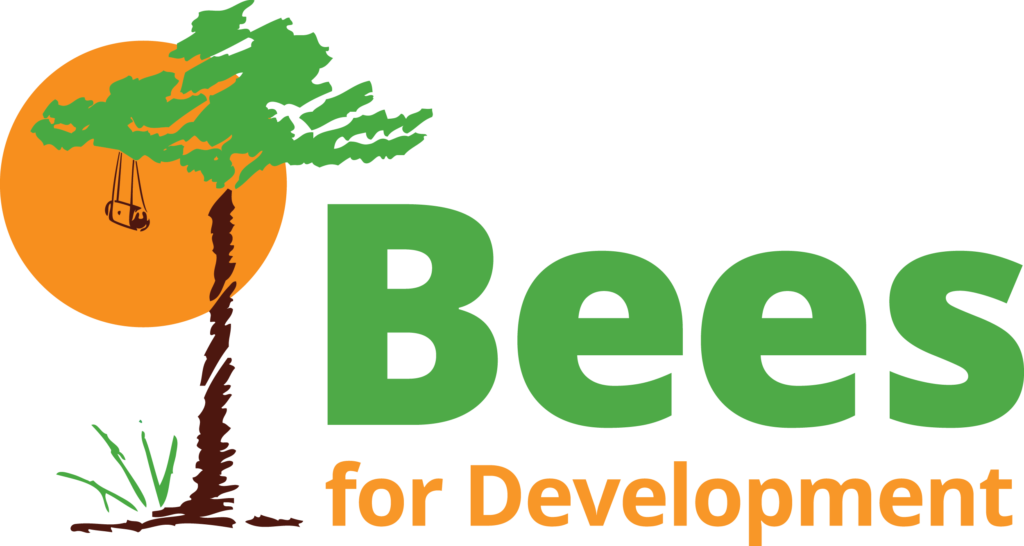30 April 2017, Kotagiri: All 16 students of the 3rd batch of Nilgiri Field Learning Centre received their certificates of completion yesterday. After their spring break in March, the students had dived into their research projects on eight different topics related to Community Wellness, Health and Nutrition, Water and Waste, Gaur Monitoring, Forest Rights Act and Fallow Lands. The students presented their findings to Keystone staff, Board of Trustees and Advisors, and community members. A gist of their research and findings are below:
Forest Rights Act: Jake and Arul undertook their research on identifying the capacity of village leadership towards implementation of Forest Rights Act (FRA) in four villages in tiger reserve region. The team followed a methodology that included mapping village resources specific to their topic, like leadership qualities and level of interest of village leader and individual villager’s knowledge on FRA, individual and Community Forest Rights and processes required for the same. Jake and Arul came to the conclusions that motivated village leaders and a knowledgeable community was crucial for the successful implementation of FRA.
Fallow lands: Paige and Vijayan conducted the study on Fallow Lands in two indigenous villages in the north eastern slopes of Kotagiri. Their task was to try and understand why an area would be left uncultivated. Interviewing the residents, they understood that permanent crops were preferred to millets or even seasonal crops. While NFLC 2016 had understood crop depredation by elephants and eroding community cohesion to be the prime deterrent to cultivation, this year people cited poor rainfall as a reason for not getting into millet farming.
Gaur Monitoring: Prasath and Kieran observed human wildlife interactions in Kotagiri, a rapidly urbanising landscape, by monitoring two identified herds of gaur (Bos gaurus). The NFLC 2016’s study area was re-inventoried in order to map changes in barriers/fences and food and water resources. This year, the area of study was extended to include more parts of the town. Gaur has become a feature in Kotagiri town in the past 10 years and more and more sightings have been reported within the town. Prasath and Kieran focussed on the challenges of human-gaur interactions and observed that tolerance levels were lower as compared to earlier studies –more fences coming up, people resorting to stone throwing or shouting to make the gaur move on, and pet dogs let loose to react aggressively to gaur presence. But the team felt that these were all reactions and not responses. Local residents were feeling clueless and helpless, therefore falling back on temporary, for-the-moment solutions rather than a long-term or sustainable plan to manage gaur interactions.
Community Wellness: – Abinaya Devi and Shaalini studied the role of community health workers in two different working areas of Keystone in the Nilgris. They observed that community health workers were the link, not only between the patient and the medical personnel at government and private hospitals, but also between the patient and the community and the village healer. The community health worker was also key to the patient deciding whether to approach a mainstream doctor or the traditional healer. It was seen that the patients preferred opening up to the health worker from their own community as they could relate better to them, rather than to someone at the hospital.
Health and Nutrition – Infant Feeding: Bridget and Mahanadi worked in the north eastern and east slopes of the Kotagiri area, where they observed the ten sets of babies and their mothers and kept track of the nutritional intake of both mother and child. They also worked on social support affecting feeding behaviour. Along with the direct information received via interviews, the duo also observed the role of anganwadis and the government health support scheme implemented through them. They noted that mothers’ generally seek advice on maternity or infant feeding from women elders like mothers, mother-in-law, aunts or grandmothers.
Health and Nutrition: Vanessa and Abinaya conducted their research in two non tribal villages in Coonoor using Keystone’s baseline health survey format, studying nutrition and WASH practices in the area, with special attention to infants. They observed that babies were fed a lot of carbohydrates but not much of proteins. Hands were rinsed before feeding babies, but soap was only used for washing dishes or clothes. Individual household toilets were used by families that had them, but others preferred open defecation rather than using the government-built community toilets. As in other settlements, toilets attached to the main house built as per government guidelines were not being used by the families for that purpose as it was culturally inappropriate for them to have toilets in close proximity of the kitchen or prayer room. Last year, NFLC had studied water quality and sanitation in these villages. Vanessa and Abhinaya compared results over the past two years and realized that positive coliform bacteria tests were fewer in number in the last six months, but this could be attributed more to the scanty rainfall this year rather than improved sanitation practices.
Water and Waste – Waste Management: Deepa and Gowtham re-inventoried last year’s villages in Coonoor town for toilets, taps, garbage pits, panchayat bins, etc. They interviewed residents and recyclers to understand the process of recycling in the areas. A transect walk along the Coonoor river showed them where the waste dumps along the river edge were. They followed the movement of trash as it was collected from the households and brought to Coonoor town and then moved to Mettupalayam and Coimbatore where the recycling units were situated.They found that plastic waste from the Nilgiris eventually found its way back in the form of plastic pipes and sheets for agriculture and drums used to store water.
Water and Waste – WASH: Meena and Emma worked on their project in two tribal settlements downstream of Coonoor town. They studied the village watersheds and water sources to try and understand the link to sanitation practices in upstream towns and villages, and WASH (Water, Sanitation and Hygiene) in the villages with special focus on infants less than two years old. With regard to sanitation, it was seen that, as mentioned earlier, for cultural reasons, toilets located attached to houses were not being used for that purpose. This was seen in government-built constructions where the plan of the house had not been run by the community for their consent. Community toilets were also not much in use due to lack of maintenance. As a result, open defecation is practised by many contributing to coliform bacteria contamination of water. Water is treated by settling, filtering and boiling, but precautions to prevent boiled water from recontamination were not followed. The community noted that common illnesses like fever, common cold, headaches, and diarrhoea were more prevalent during the rainy season.
An air of festivity hung around the Keystone Foundation Kotagiri campus as 16 students, teaching teams, research anchors, administration teams, logistics and housekeeping teams of the Nilgiri Field Learning Center Class of 2017 prepared for the final presentations of their research projects. The students were to present to the Keystone Board of Trustees, Board of Advisors and all other staff and special invitees on 29th April 2017. This presentation was made in English. On the 30th of April special invitees from all the villages where the research was conducted were invited to be part of the Tamil presentations. Over 200 people attended over these two days.
Weeks of data collection, analysis and preparation of charts not to mention the hours spent choosing sarees, blouses, dhotis and kurtas for the occasion was finally coming to a close on these last days of April. The students shared their research findings within 10 mins and took questions from the audience for another 10 mins. They did not have to defend their work because they all started out by explaining how they felt about how they had only skimmed the surface of a lesson that they were learning for life from the Nilgiri field learning experience. A warm lunch after the presentations, much greeting and congratulations from all gathered left the students feeling positive and inspired. One could see the local students running towards their parents with their research partners in tow eager to introduce their friends. One also noticed how many had started to look like siblings especially when they were dressed in Indian clothes!
This time the NFLC was truly special since long time associates, friends, trustees, advisors of Keystone Prof Chamanlal Gupta and Mrs Shipra Gupta were present to award the certificates to each student.

